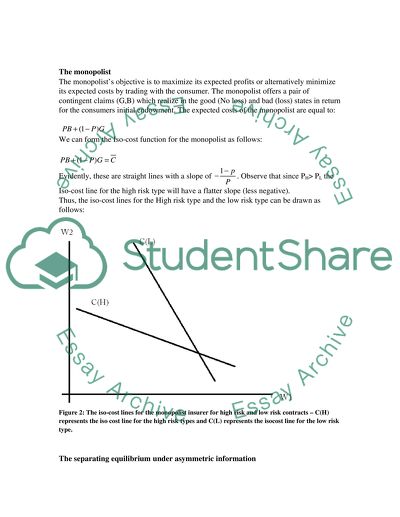Cite this document
(“Insurance Model Essay Example | Topics and Well Written Essays - 1000 words”, n.d.)
Retrieved from https://studentshare.org/environmental-studies/1420502-insurance-model
Retrieved from https://studentshare.org/environmental-studies/1420502-insurance-model
(Insurance Model Essay Example | Topics and Well Written Essays - 1000 Words)
https://studentshare.org/environmental-studies/1420502-insurance-model.
https://studentshare.org/environmental-studies/1420502-insurance-model.
“Insurance Model Essay Example | Topics and Well Written Essays - 1000 Words”, n.d. https://studentshare.org/environmental-studies/1420502-insurance-model.


